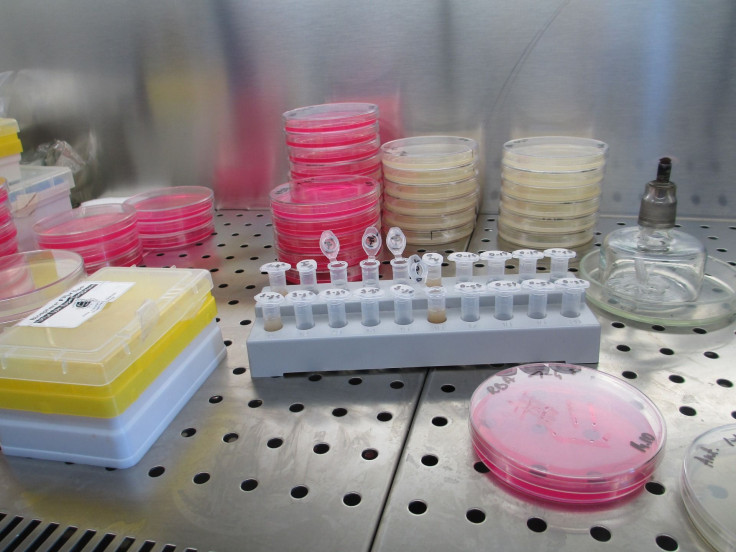Scientists Witness Human Embryo Development During Post-Implantation Stages In Hopes Of Improving In Vitro Fertilization

Though pregnancy announcements, baby showers, and happy births happen every day, the successful formation of a human embryo is actually quite complicated. There are countless processes involved, and many ways the journey can go wrong. Things get even more complicated for women using in vitro fertilization (IVF), when an embryo is created outside the body and placed into the womb to continue development. A new breakthrough in the field, however, may open new avenues of research that could help improve the success rate of the process.
IVF begins with fertilization, after which an egg and sperm become an embryo through cell division. Around day three, stem cells cluster together to enter a stage known as the blastocyst. At this point there are three cell types: those that will become the body of the fetus (the epiblast), ones that will develop into the placenta, and cells that will form the endoderm, which ensures the fetus receives essential nutrients.
Researchers have extensively studied this blastocyst stage, since the embryo must implant into a uterus to survive and continue development past seven days. Failed implant is a major cause of pregnancy loss during IVF. Studying the cellular and molecular changes that occur during this stage of development is impossible, since conducting research on an embryo in the womb isn’t an option. United Kingdom law permits research on human embryos for up to 14 days of development, though, so a team of international scientists decided to seek out a way to culture human embryos in the lab beyond day seven.
The researchers report the results of their trials in the journals Nature and Nature Cell Biology, detailing a technique that allowed them to culture human embryos outside of a mother’s womb for an additional six days, for 13 total days of development that includes the natural reorganization of the embryo.
“Implantation is a milestone in human development as it is from this stage onwards that the embryo really begins to take shape and the overall body plan are decided,” said Professor Magdalena Zernicka-Goetz, who led the UK research and shares author credit on both studies, in a statement. “It is also the stage of pregnancy at which many developmental defects can become acquired. But until now, it has been impossible to study this in human embryos.”
Zernicka-Goetz said that the new lab technique allows for a unique opportunity to get a deeper understanding of human development during this crucial stage. Such an understanding could help us discover what happens in miscarriage, for example.
“Embryo development is an extremely complex process, and while our system may not be able to fully reproduce every aspect of this process, it has allowed us to reveal a remarkable self-organizing capacity of human blastocysts that was previously unknown,” said Dr. Marta Shahbazi, one of the co-first authors of the study.
The technique involved tricking the embryo into thinking it had been implanted, which allowed the team to witness the reorganization. Zernicka-Goetz explained that the cells in the epiblast can reorganize and create a cavity that represents the basic structure of the early, post-implantation embryo.
“Without this cavity, it would be impossible for the embryo to develop further as it is the basis for its future development. It is also a mechanism that we can study using human embryonic stem cells.”
In addition to providing knowledge about post-implantation embryos, the research has the potential to improve the success rate of IVF, which is currently about one in four.
Soure: Shabazi M, Jedruski A, Vuoristo S, Recher G, Hupalowska A, Bolton Z, et al. Self-organization of the Human Embryo in the Absence of Maternal Tissues. Nature Cell Biology. 2016



























